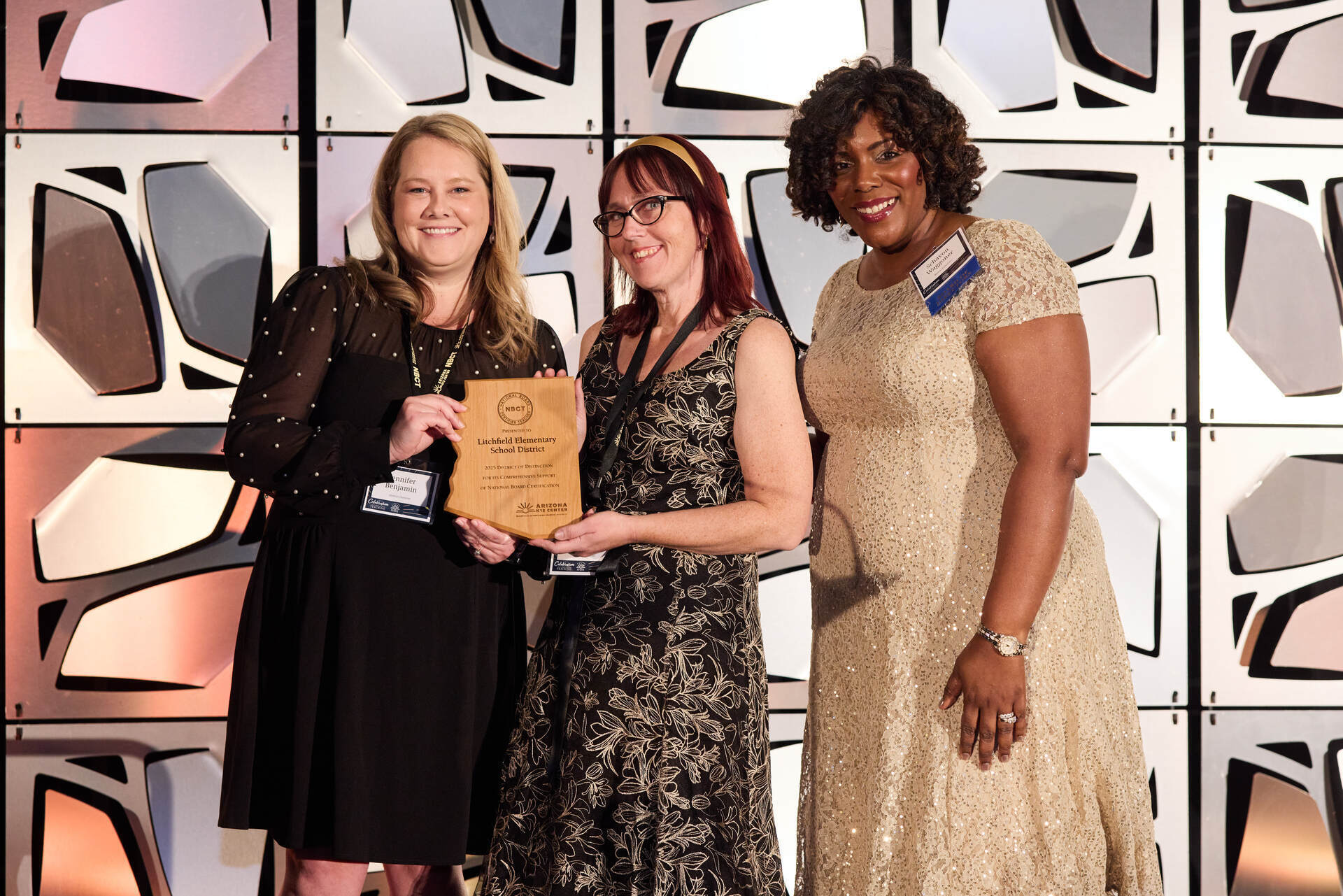Addressing Thanksgiving in the Classroom
November is Native American Heritage Month, and also Thanksgiving. In the United States, the Thanksgiving holiday is recognized as a day to remember and commemorate the “First Thanksgiving” feast shared by early English colonizers and the indigenous Wampanoag Nation.
The holiday, however, is historically and culturally complex, encompassing the early interactions between colonizers and indigenous peoples, and ushering in new waves of colonization that significantly impacted Native Americans. For these reasons, teaching about Thanksgiving in the classroom can be a challenge.
How do you remain respectful and teach the truth about Thanksgiving? Here are the best ways to navigate the topic.
Steer Clear of Stereotypes
Sharing the story of the First Thanksgiving is a traditional practice in many classrooms, giving teachers the opportunity to introduce crafts, activities, and discussions around this historical event. It’s important, however, to critically review your lesson plan to avoid misrepresenting or introducing harmful stereotypes and inaccuracies about the indigenous peoples that are central to the story of Thanksgiving. Avoid terms like “pilgrims and Indians,” and make sure activities and imagery are historically accurate and appropriate — that means no costumes or oversimplified reenactments.
Tell the Story From All Sides
The colonization of the U.S. holds significant meaning for both groups represented in this historical event — for different reasons. Too often, however, the story of the First Thanksgiving is told largely from the perspective of the English colonizers, glazing over the emotions and experiences of the people of the Wampanoag Nation. Be careful to avoid focusing your Thanksgiving lesson on one side of the story, and instead teach Thanksgiving from a Native American perspective as well. Help your students to understand the real consequences of colonization that were experienced by the Wampanoag Nation and other Native Americans.
Add in Modern Perspective
November is also Native American Heritage Month. Why not take the opportunity to try a new approach to your Thanksgiving discussion by balancing historical information about the holiday with stories about the achievements and contributions of contemporary Native Americans? This strategy also helps your students translate the significance of these cultures and communities to the modern day, which can be difficult when studies about Native Americans focus primarily on historical context.
Learn From the Past
Teaching your students about the history of Thanksgiving provides an opportunity to educate them about the importance of recognizing mistakes, learning from them, and taking steps to ensure history’s mistakes aren’t repeated. Guide your class through a deep dive into the cultures of the different groups that comprise the Thanksgiving story. Help your students understand the differences between these groups, the challenges of uniting these groups, how these same challenges affect us today, and how we can have a brighter collective future by understanding and respecting our differences.
Need More Ideas?
This mindfulness activity will help your students reflect on thankfulness, gratitude and history this Thanksgiving.











